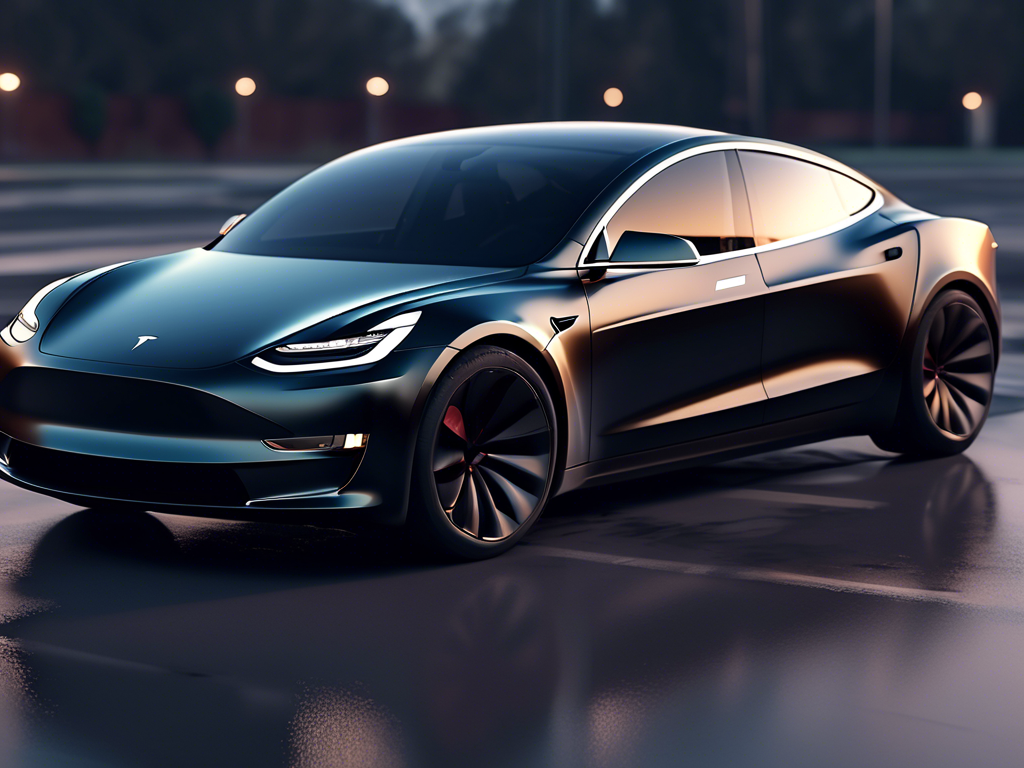Could Tesla’s Shift to Robo Taxis Signal a Move Away from Electric Cars?
Tesla recently omitted its goal of delivering 20 million vehicles a year by 2030 from its latest impact report, sparking speculation about the company’s future direction. This shift away from electric cars and towards Robo taxis was hinted at by CEO Elon Musk, who previously aimed to sell 20 million vehicles by the end of the decade.
The Focus on Autonomous Driving Technology
- Tesla abandoned plans to produce a new $25,000 model and is now emphasizing autonomous driving technology as its main growth driver.
- The company is set to unveil its Robo taxi at a launch event in August, with Musk touting the potential impact of this innovation on Tesla’s future.
- Another anticipated product is the humanoid robot Optimus, which Musk believes will be transformative for Tesla.
Impact on Production and Market Demand
Recent data reveals that Tesla has reduced output of its Model Y electric car at its Shanghai plant by a significant percentage since March in response to weakening demand in China amidst intense competition in the EV market.
- The Shanghai plant, Tesla’s largest manufacturing hub globally, reportedly plans to cut Model Y output by at least 20% from March to June.
- It remains uncertain if this output reduction will be extended into the second half of the year, as Tesla has yet to provide official comment on the matter.
Hot Take: Is Tesla’s New Focus on Robo Taxis a Risky Bet?
As Tesla steers its focus towards Robo taxis and autonomous driving technology, the decision to move away from electric vehicles poses both opportunities and risks for the company. While Musk’s vision of a future dominated by self-driving taxis and humanoid robots may be ambitious, it also raises concerns about the potential impact on Tesla’s core business and market position.





 By
By
 By
By
 By
By
 By
By
 By
By
 By
By